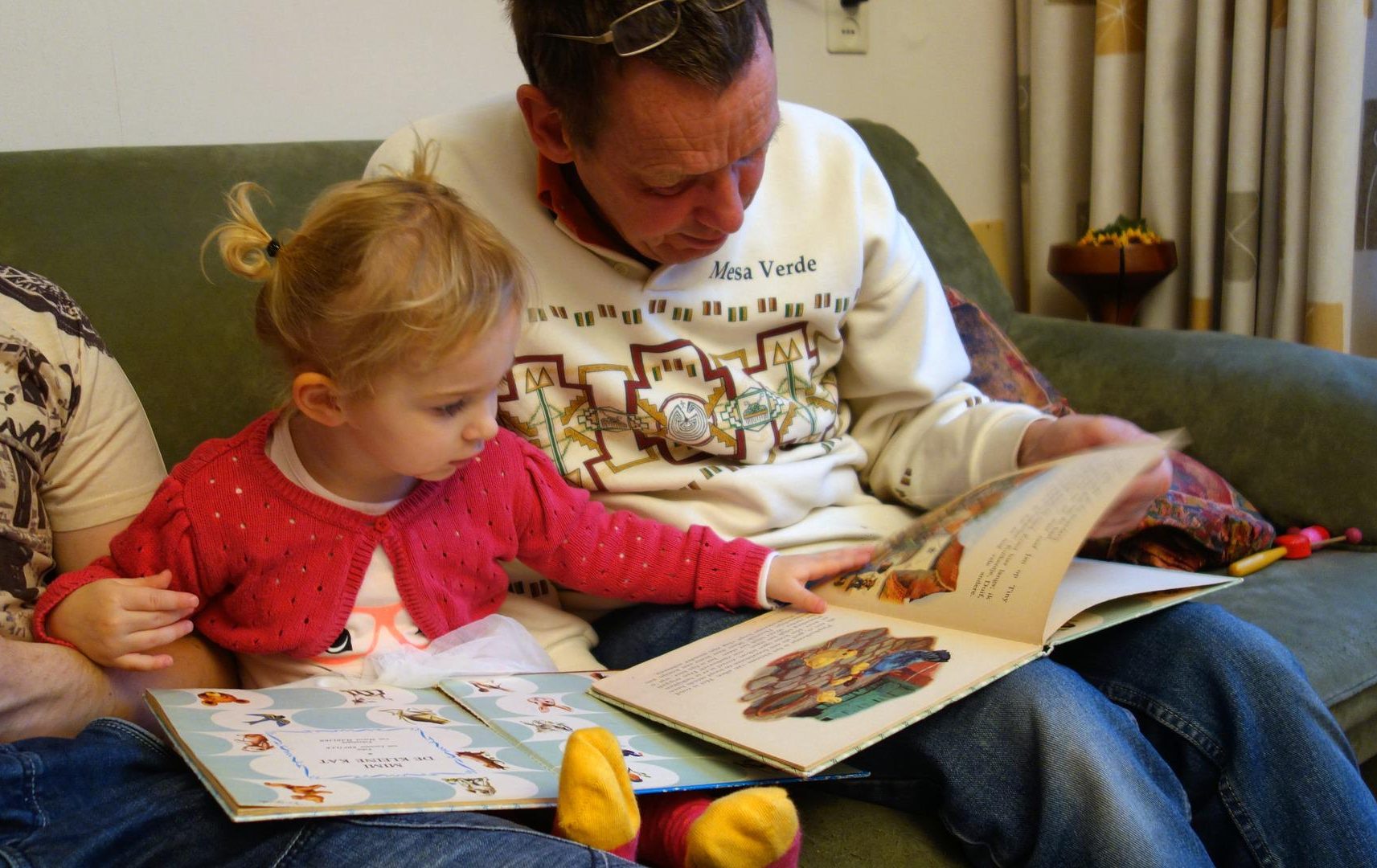How to Teach Your Child to Read

I’m sure most parents don’t think about the process of learning to read until they have children of their own at home grabbing for books. As a teacher myself, I cannot tell you how many times parents have come up to me asking questions about how they can teach their children to read at home. My response to each of them is always the same: learning to read is a process composed of various skills and strategies, and luckily, I have broken it down into 7 simple and tested strategies to try at home!
Note Pre-Reading Behaviors:
There are plenty of activities out there they don’t look like reading at all, but they can set the tone for your child to become a reader. These behaviors might appear spontaneously through their own observations and mimicry, or parents can encourage them. As a parent, look for and encourage the following:
- Look at print on signs, labels, and packaging; children can know that a sign says “McDonald’s” before they can actually read the letters
- Sound games such as “Hannah Hannah bo-bannah, Banana fanna fo-fannah, Fee, fy, mo-mannah Hannah” to encourage awareness of rhymes
- Familiarity of books; which way is up, turn the pages one at a time, and read the words from left to right
- Distinguish sounds letters make; “Muffin…mmmmuffin”
When your child demonstrates these pre-reading behaviors, it is a sign that they are ready to learn to read; if not, incorporate these into daily life to guide them in the right direction.
Learning Letters
- As a teacher, let me tell you a little secret…letters don’t have to be taught in alphabetical order. Regardless of the letters you choose to teach first, your child will be able to read a few simple words that start with those letters, and that’s so exciting for them! Little victories like this will keep your child motivated and eager to read.
- Learning a single letter requires two skills: identifying the letter visually, and then memorizing the sound associated with the letter.
- Don’t be afraid to use different mediums to help your child memorize letters; building the letter with clay, or drawing the letter with your finger on your child’s back will be of great help to them.
- When memorizing letters, time and patience is key. Keep this up daily, make it fun, and don’t rush through it.
Blending Sounds:
Once you know single letters, reading words by blending those sounds together is the next step. Try this simple technique to get started with your child
- Use either a 2 or 3 letter word, point to the letters and say each sound.
- Then go back to the beginning of the word, and slide your finger slowly under the letters and you stretch the sounds and put them together.
- Have your child do it next!
At this time, keep it simple by sticking to words where every letter makes a “normal” sound, meaning, stay away from words where two letters work together to make a sound like “th” in “the”.
Sight Words
Before you can teach a sight word, you first need to know what a sight word is. A sight word is a frequently used word that does not follow typical spelling rules; for example, have, the, she, what, and with are all sight words. In order to teach your child sight words, creating flash cards and hunting for the words in books are great ways for them to expand their knowledge on these words, and build up their confidence in reading.
Word Families
Teaching word families is a great way to improve your child’s reading ability. By teaching your child that if they can read the word “can”, they can also read “man”, “pan”, and “fan”, reading will become exciting and easy! Word families made up of 2 letters such as “-am”, “-at”, and “-it” are a great place to start.
Phonics Skills
We all know that the English language can be a bit tricky at times, and learning individual letter sounds (the definition of phonics) is just the foundation. Here are some key terms to know when teaching your child phonics skills:
Blends—two letters that are frequently together in words, such as “bl”, “tr”, “dr”, and “sm”.
Digraphs—two letters that make a new sound, such as “sh”, “th”, “wh”, and “ch”.
Glued Sounds—these are a blend, but made of 3 letters and come at the end of a word, such as “all”, “ing”, and “ill”.
Making Meaning
This is a phrase used frequently in teaching workshops and books, used to describe when a child starts to read sentences and longer texts and understand what is being read. When “making meaning”, your child should have a sense of what is going on in the story they are reading or any message the author is trying to convey. As a parent, to ensure that your child is “making meaning”, you should:
- Ask them questions about what they just read
- Encourage them to reread if they didn’t quite understand what the author was saying
- Show your own reactions to the text
Remember, every child learns at their own pace, so it’s best to make this process encouraging and enjoyable. By reading daily, having fun with activities, and even having your child pick their own books as their skills grow, will instill a love of reading and set them up for the ultimate reading success. Teaching children is not a simple task, and if after reading these steps you’re left feeling a little overwhelmed, no need to worry, I have a solution for that too! Click the link below to see how Sarah Shepard, a fellow teacher, has taught over 35,000 children how to read with her program Reading Head Start!